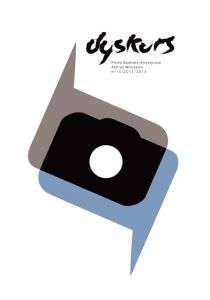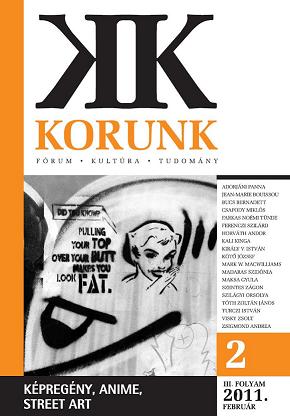
Zasady podobieñstwa
Nicephor Niepce considered photography as ‘a point of view’, or ‘an image rooted in the reality’. Breton considered photographic cameras as ‘blind instruments’, nevertheless, he believed that photographs were ‘non-mimetic’, but, rather, they were objective images which reflected the true aspects of things. Nadar said that photographic theory couldn’t be learnt in one hour or in one day, because we couldn’t quickly learn how to communicate with models in order to reveal his/her ‘intimate likeness’. Giacometti produced sculpture which resembled stiff 19th century photographic portraits. He often located the human figures on pedestals which he considered as their environment. After Cezanne, artists didn’t show the likeness of their models, but, rather, they showed the process which led toward showing the likeness. Giacometti’s pedestals resembled theatrical stage where his figures could appear and perform their roles. Composition and distance are constant in Giacometti’s work. Sartre considered unchangeable distance as ‘absolute distance’. Giacometti tried to see objects as if he saw them while walking along a pavement. His sculptured figures look like the shadows seen through the lens of a camera, walking along the horizon line. He always concentrated on figures seen from a long distance. His figures don’t have clear contour and their faces have no details. He wanted us to see people in impossible situations, when they almost disappeared from our sight, but, miraculously, are still visible.
More...
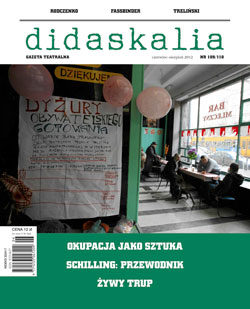
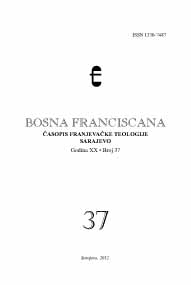
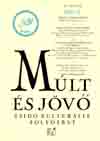
![KRALJEVIĆ, Miroslav, peintre, graphiste et sculpteur [Gospić, 14.12.1885 – Zagreb, 16.4.1913]](/api/image/getissuecoverimage?id=picture_2002_16933.jpg)
